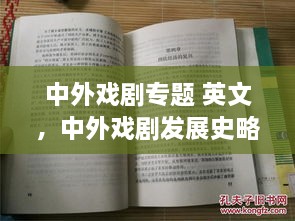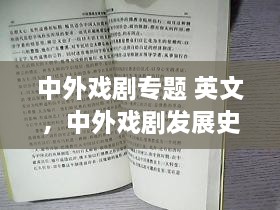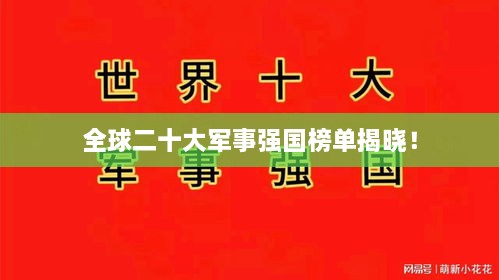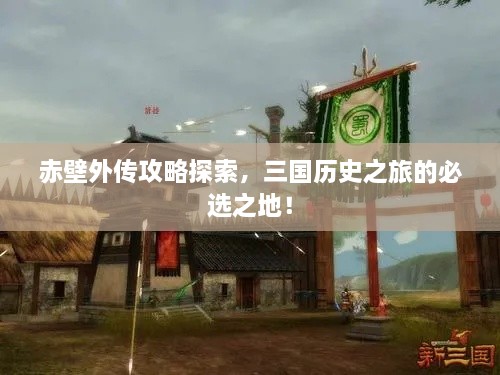Introduction to Chinese and Western Drama
Chinese and Western drama are two distinct art forms that have rich histories and unique characteristics. While they share some common elements, such as storytelling and the use of actors, their cultural backgrounds, performance styles, and themes often differ significantly. This article aims to explore the origins, evolution, and key features of both Chinese and Western drama, highlighting their unique contributions to the world of theater.
Chinese Drama: A History of Tradition and Innovation
Chinese drama has a history that spans over two millennia, with its roots in the ancient forms of storytelling and dance. One of the earliest forms of Chinese drama is the "Ju", which dates back to the Tang Dynasty (618-907 AD). The "Ju" combined music, dance, and dialogue, and it laid the foundation for the development of later drama forms such as the Peking Opera and the Kunqu Opera. The Peking Opera, also known as the "Beijing Opera," is one of the most famous and representative forms of Chinese drama. It originated in the late 18th century and incorporates elements from martial arts, acrobatics, and traditional Chinese music. Peking Opera is known for its distinctive makeup, elaborate costumes, and stylized acting, which include a wide range of facial expressions and exaggerated movements. The Kunqu Opera, on the other hand, is a more refined and poetic form of drama that emphasizes the beauty of language and music. It originated in the late Ming Dynasty and reached its peak during the Qing Dynasty. Kunqu Opera is characterized by its elegant singing, graceful movements, and intricate stage designs.
Western Drama: From Ancient Greece to Modern Theaters
Western drama has its origins in the ancient Greek theater, which is considered the birthplace of Western drama. The Greeks developed a form of drama that revolved around the tragic and comic plays performed in their outdoor theaters. The most famous examples of Greek drama include the works of playwrights such as Aeschylus, Sophocles, and Euripides. The Roman theater inherited and expanded upon the Greek tradition, introducing new forms such as the tragicomedy. The medieval period saw the rise of mystery plays, morality plays, and religious drama, which were often performed in outdoor venues or in the cathedrals. The Renaissance marked a significant turning point in Western drama, with playwrights like William Shakespeare and Christopher Marlowe revolutionizing the art form. Shakespeare, in particular, is celebrated for his mastery of the English language and his exploration of complex human emotions and societal issues. The 19th and 20th centuries brought about further evolution in Western drama, with the emergence of various theatrical movements and styles. Realism, expressionism, symbolism, and absurdist theater are just a few examples of the diverse approaches to storytelling that have shaped Western drama over the centuries.
Comparative Analysis: Similarities and Differences
Despite their differences, Chinese and Western drama share some common elements. Both forms utilize storytelling as a means of conveying moral lessons, exploring human emotions, and reflecting societal values. They both involve actors, costumes, and sets, which help to create a visual and auditory experience for the audience. However, there are several key differences between Chinese and Western drama. Chinese drama often emphasizes the collective and the communal, with a focus on the harmony of the group over individualistic expressions. In contrast, Western drama tends to focus more on individualism and the exploration of the human psyche. Another significant difference lies in the performance styles. Chinese drama, particularly the Peking Opera, is known for its stylized and exaggerated movements, while Western drama often emphasizes realism and naturalistic performances. The use of language also differs, with Chinese drama relying heavily on poetic and metaphorical expressions, while Western drama tends to be more direct and narrative-driven.
Conclusion
Chinese and Western drama are two distinct and vibrant art forms that have enriched the world of theater. Their unique characteristics, historical backgrounds, and cultural influences have shaped the way we understand and appreciate drama today. By exploring the similarities and differences between these two traditions, we can gain a deeper appreciation for the universal aspects of storytelling and the unique contributions of each cultural heritage to the art of drama.
转载请注明来自深圳市艾瑞比智能有限公司,本文标题:《中外戏剧专题 英文,中外戏剧发展史略 》











 蜀ICP备2022005971号-1
蜀ICP备2022005971号-1
还没有评论,来说两句吧...